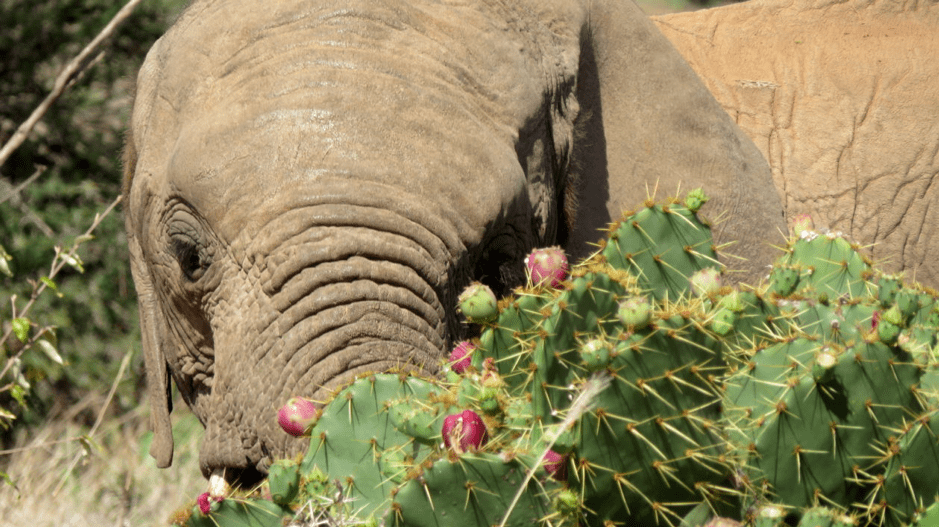 Photo © Gustavo Lozada/TNC
Photo © Gustavo Lozada/TNC
Researchers from Durham University’s Conservation Ecology Group, in collaboration with Mpala Research Centre and Loisaba Conservancy, are working on a new study to understand how the invasive prickly pear cacti (opuntia engelmannii) affects the ecosystem and local communities within Laikipia County, Kenya. Prickly pear spreads quickly, turning a once thriving and diverse bionetwork into a sprawling sea of aggressive green shrubs with spiny thorns and Loisaba has many heavily invaded sites. To gain further insight, researchers have set up motion-activated camera traps to record the number of animals and species which use sites invaded by prickly pear, as well as provide information about how different species engage with the cactus - whether they eat fruits or pads or other plants nearby or use the plant to hide from predators.
This is where your help comes in! The research team needs assistance in processing the large number of images collected by the camera traps and have implemented an online citizen science platform Zooniverse, where anyone can view the camera trap photos and classify the animals in them. Visit the project page here.
The research teams then compare the numbers to sites in the Conservancy which have little, or no cactus. Research is starting to show that the plants can alter key aspects of behaviour of wild animals, which then has a ripple effect in surrounding local communities and the entire ecosystem.

